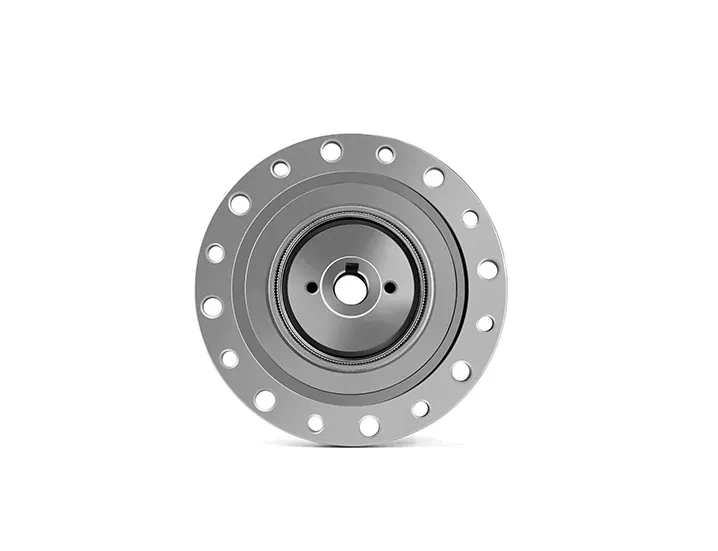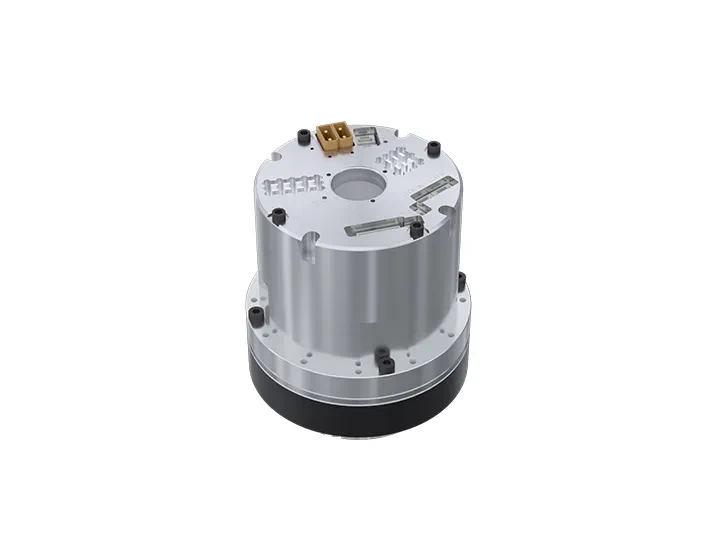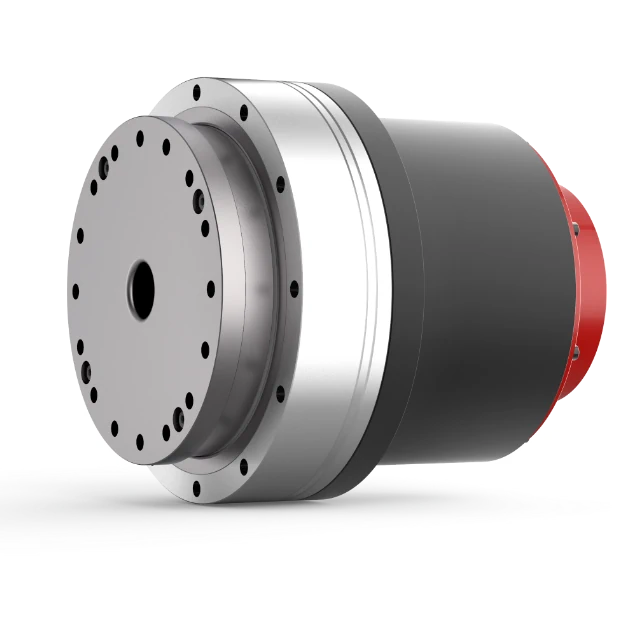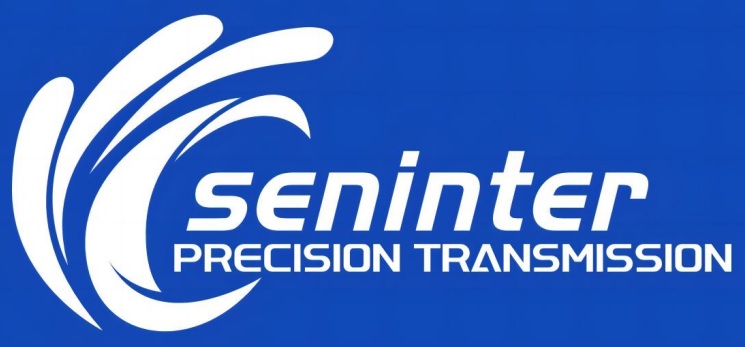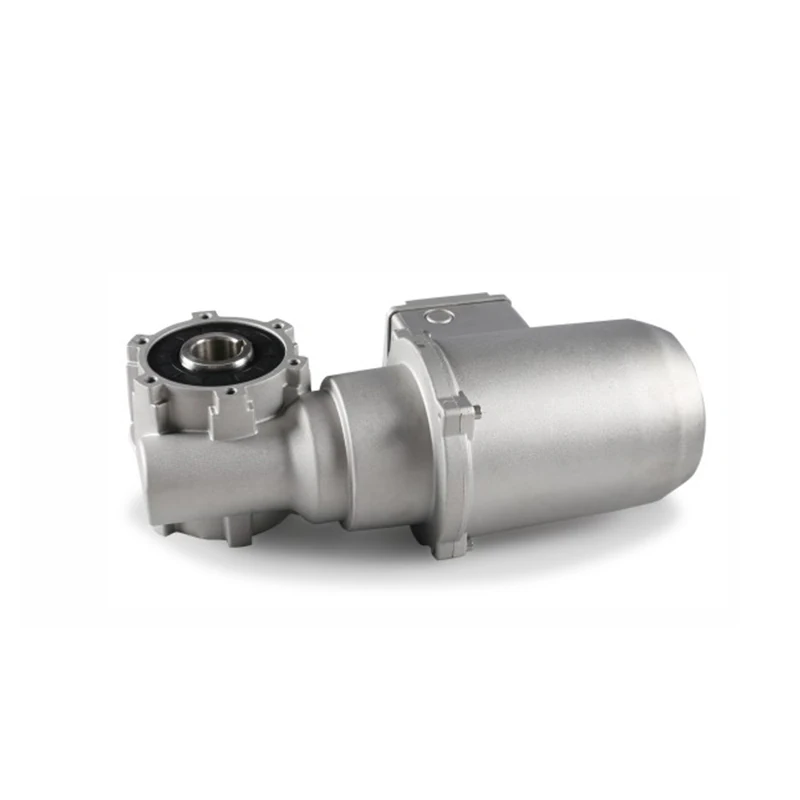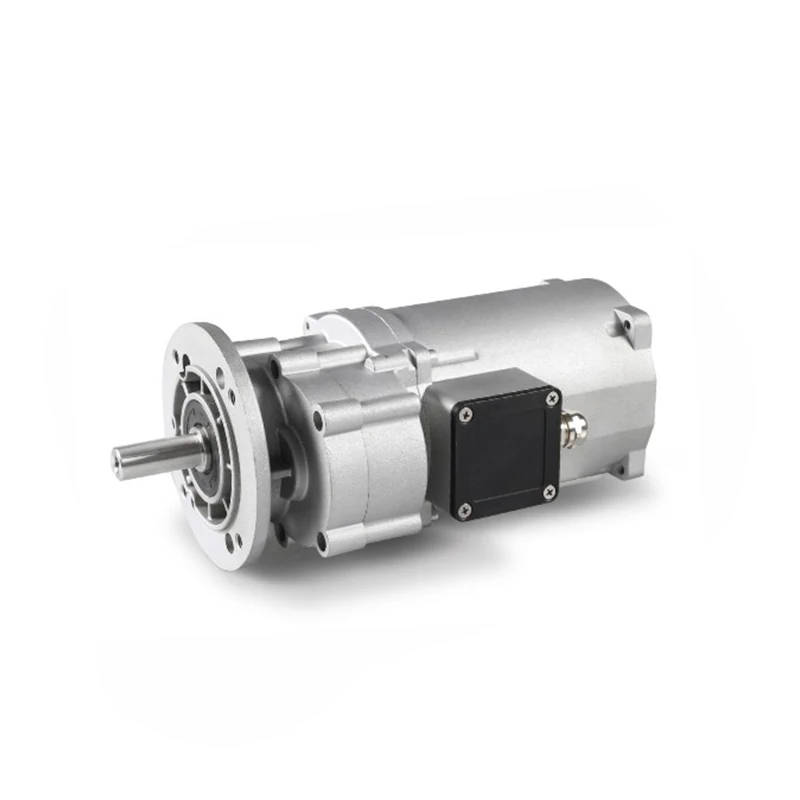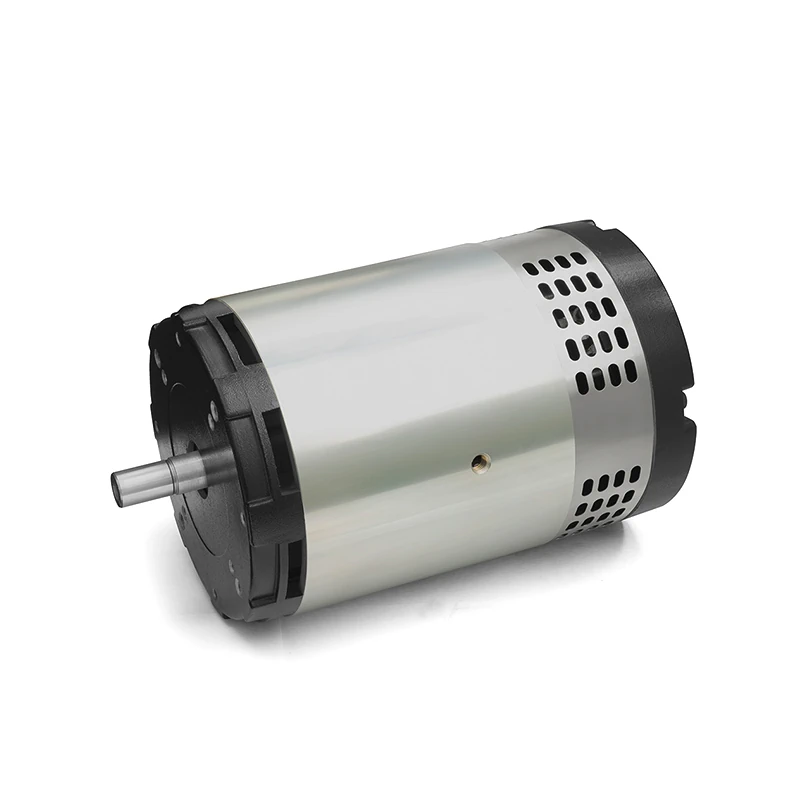- Whatsapp: +8618664725627
- Skype: 15399997198
- [email protected]
Robot Gearbox
Robot Gearbox, often employed in robotics, is a critical component that translates the motor’s high-speed, low-torque rotation into low-speed, high-torque motion, enhancing mechanical advantage and precision. Chinese manufacturers, at the forefront of this technology, include Siasun, Efort, and HGZN Group . These companies are driving innovation, focusing on integrating advanced materials, improving efficiency, and reducing system inertia to meet the demands of collaborative robots and smart manufacturing systems. Their products reflect a commitment to enhancing performance while ensuring reliability and safety in various robotic applications.
Robot Gearbox Industry Knowledge
Robot gearboxes are essential for translating high-speed, low-torque motor rotation into low-speed, high-torque motion, which is crucial for robotic applications. They must be durable, efficient, and capable of withstanding the specific loads and conditions they will encounter. Materials used in their manufacturing include high-strength steels for gears, high-performance alloys for bearings, and robust housing materials such as cast iron or aluminum for added strength and durability. Advanced materials like carbon fiber reinforced polymers are also utilized to reduce weight without compromising strength, particularly in applications requiring high precision and speed.
The manufacturing process of a robot gearbox typically involves several key steps:
Material Selection: High-strength steels and performance alloys are commonly used for their durability and strength-to-weight ratio.
Forging and Machining: The initial shaping of the gears and components is often done through forging, followed by precision machining to achieve the desired dimensions and tolerances.
Heat Treatment: This process enhances the mechanical properties of the steel, improving its hardness and wear resistance.
Gear Cutting: This can be done through various methods such as hobbing, shaping, or grinding, depending on the level of precision required and the type of gears.
Assembly: The gears, bearings, and other components are assembled with precision. This step requires careful alignment to ensure proper meshing of gears and minimal backlash.
Quality Control: Rigorous testing is conducted to ensure the gearbox meets performance standards, including tests for noise, efficiency, and load capacity.
Finishing: This may include processes like painting or coating to protect the gearbox from corrosion and wear.
The specific materials and processes can vary depending on the type of gearbox and the performance requirements of the application. For instance, advanced materials like carbon fiber reinforced polymers might be used in certain applications to further reduce weight.
Shenzhen Seninter Precision Machinery Co., Ltd. is a distinguished factory, excelling in the production, R&D, and trade of precision machinery. Our portfolio includes brushless DC motors, AC and DC geared motors, robot gearboxes, planetary gear reducers, and more. With a skilled team and extensive export experience, our products are trusted in industries such as 3C, medical, CNC, semiconductor, and photovoltaic equipment. Committed to innovation and excellence, we provide tailored solutions to meet diverse industry needs.
Get In Touch
- 6348 Bao'an Avenue, Qiaotou Community, Fuhai Street, Bao'an District, Shenzhen City, Guangdong Province, China.
- +86 18664725627
- [email protected]
- [email protected]
©2024. Seninter Company. All Rights Reserved.







